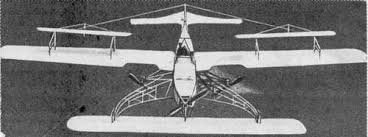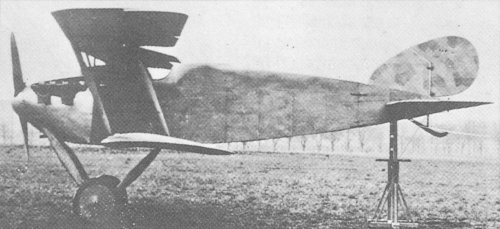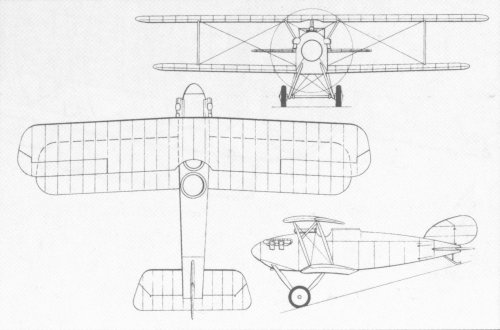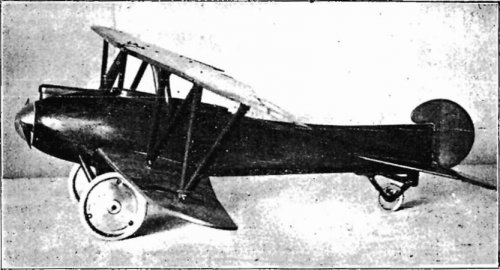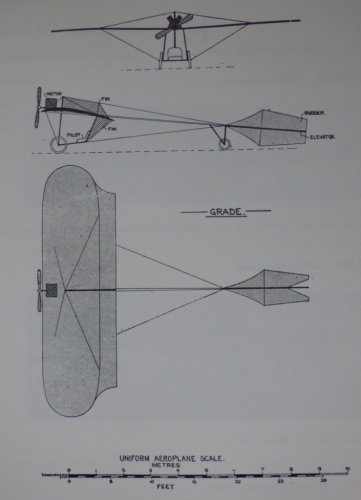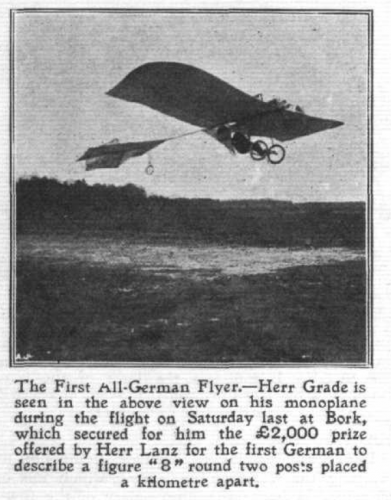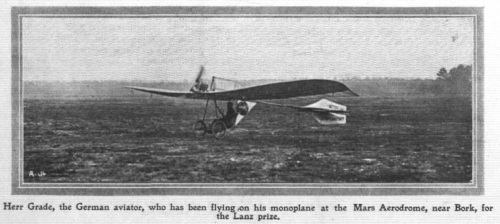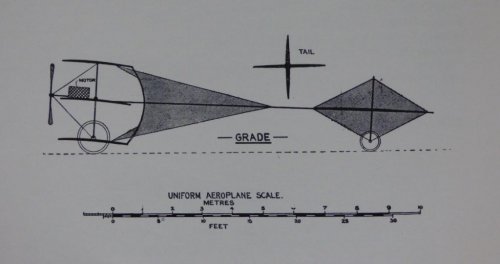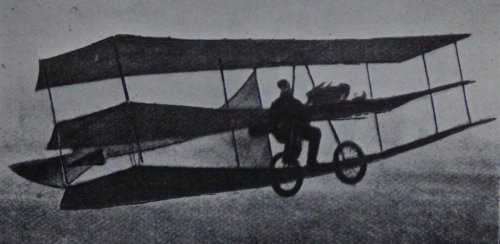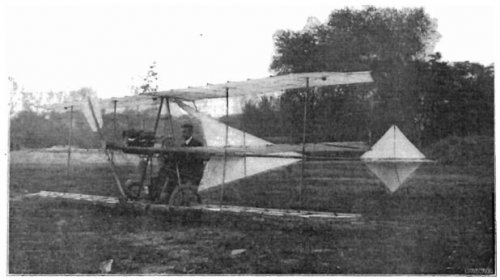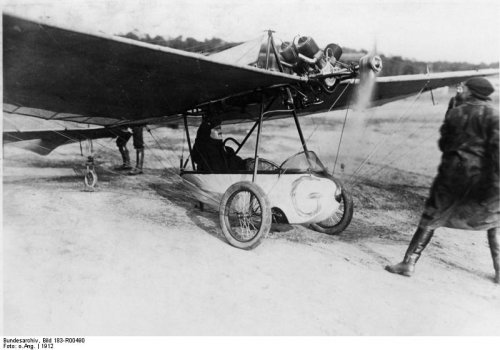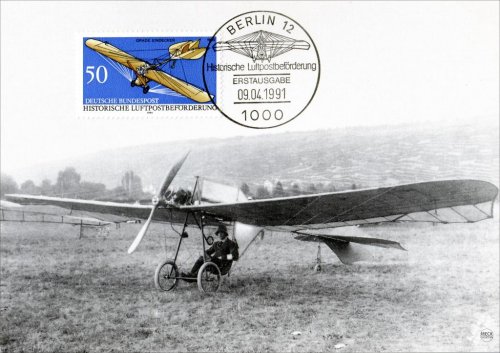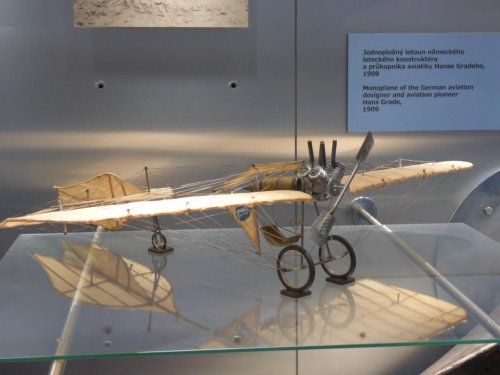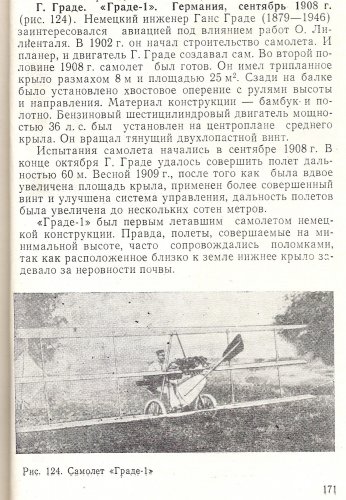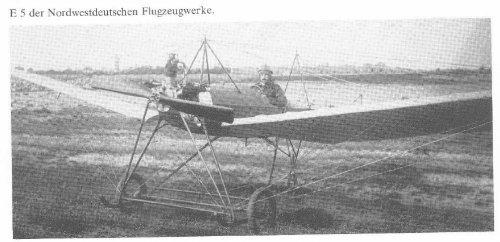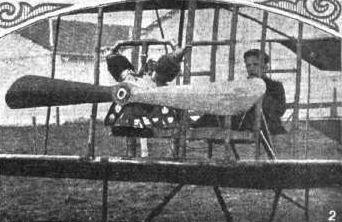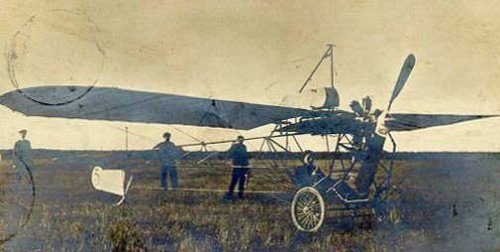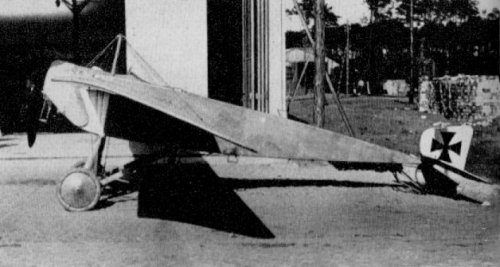Tuizentfloot
ACCESS: Secret
- Joined
- 9 May 2010
- Messages
- 270
- Reaction score
- 152
And on another site (http://www.precurseursaviation.com/auffm.htm) it is said Auff'm Ordt was French...
Le français Clément Auffm-Ordt associé à l'ingénieur M.Heeren dessine son premier avion en 1908. C'est un monoplan léger semblable à la Demoiselle de Santos Dumont. L'avion construit par Voisin est essayé à Buc.
Le français Clément Auffm-Ordt associé à l'ingénieur M.Heeren dessine son premier avion en 1908. C'est un monoplan léger semblable à la Demoiselle de Santos Dumont. L'avion construit par Voisin est essayé à Buc.

